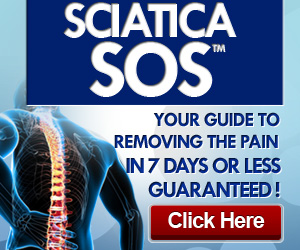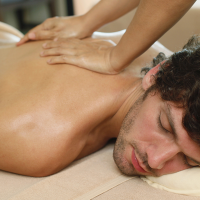Getting Over The Hassles of Back Pain
In the United States alone, a huge eighty percent of the population suffers from back pain at some point of theirs lives. It may manifest itself in different forms. It may come up as lower back pain, neck pain, or sciatica for some people.
Back pain may last for a short while or it may persist for a longer time depending on different people. Back pain may range from a mild, persistent pain to an unbearable back ache than worsens with the slightest of movements. Back pain, also called dorsalgia by people in the medical profession, may originate from the muscles, nerves, bones, joints or other structures in the spine.
A recent study shows that there has been a steady rise in back pain consultation over the past ten years. The same study also reported a higher percentage of male patients seeking medical consult for back pain than women, and this percentage increases to seventy percent by age sixty.
Surveys show that around forty percent of the population experience back pain which lasts for more than a day in the past year. Its persistence increases as we age: one out of three men and one out of four women aged sixty-five and above have been reported to suffer back pain for the whole year as compared to one out of twelve men and women between the ages of twenty-five and fortyfour.
Fortunately, a variety of treatment are available to alleviate the pain caused by lumbago. Choosing the most fitting treatment will be determined by the patient’s physician or therapist as the results may vary for every person. Below is a list of different treatment used for different levels of back pain.
- Heat therapy is used to alleviate back pain caused by back muscle spasms.
- Medications, be it over the counter or prescription, such as muscle relaxants, non-steroidal anti-inflammatory drugs, and paracetamol have been proven effective in providing back pain relief.
- Exercise while being supervised by a licensed physical therapist, may prove beneficial for short-term and chronic back pain. This includes stretching and strengthening muscles surrounding the spine.
- Massage therapy performed by a licensed therapist may also help.
- Acupuncture is an alternative treatment being used to give back pain relief.
- Back manipulation therapies like chiropracty may help lessen back pain as well.
- Surgery is most appropriate for worst cases like: lumbar disc herniation or degenerative disc disease; spinal stenosis from lumbar disc herniation; scoliosis; and compression fracture.
There have been instances where the cause of the back pain is non-physical. These factors include: on-the-job stress, repressed anger, anxiety, or depression. For these causes, treating the psychological cause or resolving existing issues may help get rid of the dorsalgia. Engaging in stress relieving activities may also help provide back pain relief.
For most people, postural factors have been the reported root cause of their dorsalgia. This may be due to improper lifting technique, poor posture, or poor support from sleeping mattresses or office chairs. Most sufferers experience a great of comfort from having such ergonomic or postural factors corrected.
Our backs support our entire body. It helps us stand tall, sit straight, and walk upright without any problem. So it is just fitting that we give it the care it is due. Preventing dorsalgia is easier than treating it. So as early as now, relieve yourself of unnecessary stress, engage in an adequate amount of physical activity, maintain proper posture, and you’re on your way to a healthy, pain-free back.



